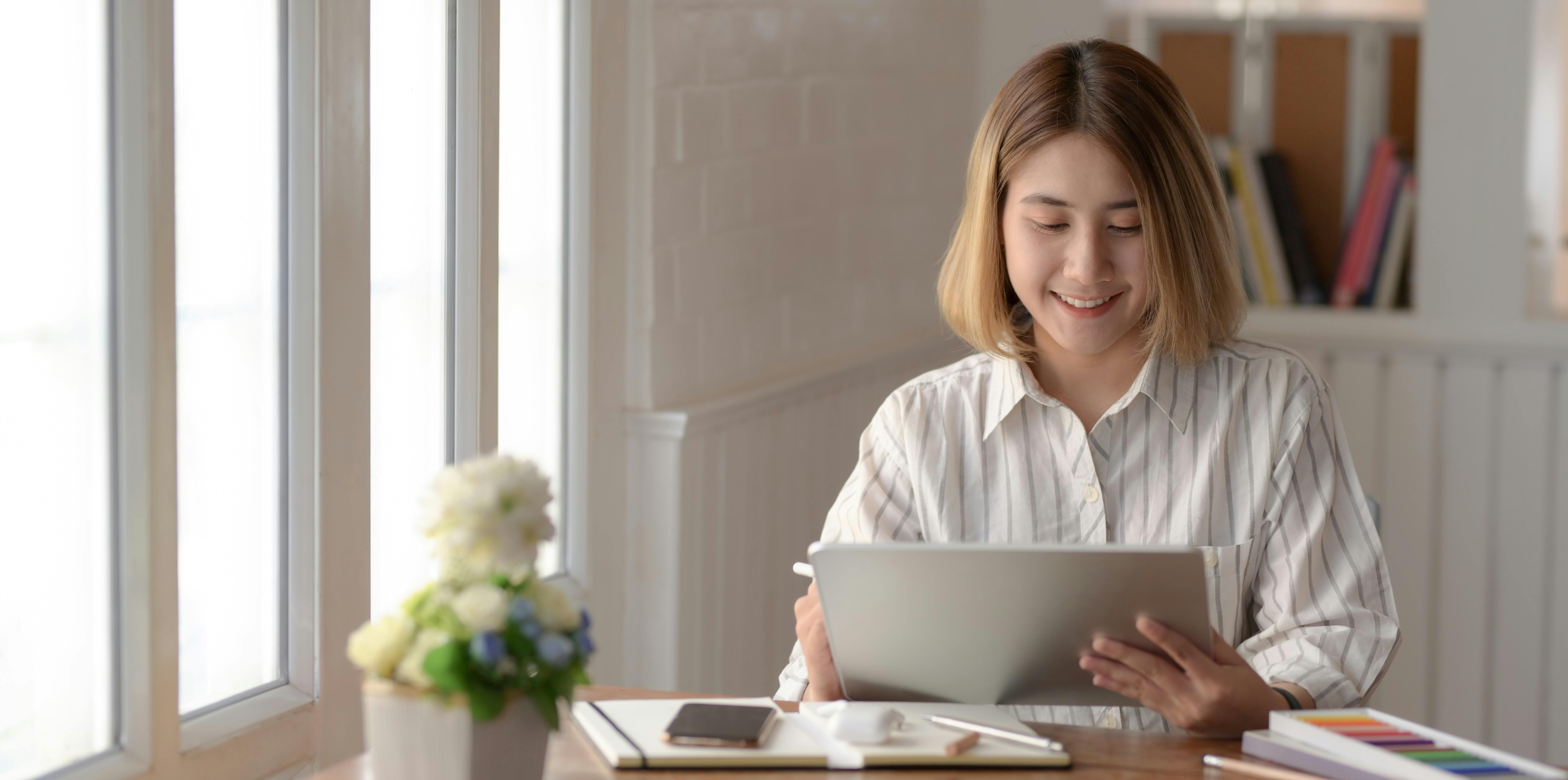
How to stay physically healthy when working from home

With many of us now working from home to mitigate the impact of COVID-19, we all need to consider alternative ways to remain physically active.

In the office environment, there are opportunities for incidental exercise. Perhaps you popped out for lunch to a nearby cafe or went for a walk with colleagues. Working remotely reduces these opportunities - but it can create new ones. And it doesn’t have to be detrimental to your physical health.
This is our guide to help everyone on your team get moving.
Why stay physically active?
Exercise benefits the body in many ways, including boosting the immune system. Because of this, regular activity can help to flatten the curve and reduce the number of people getting infected with the virus.
The World Health Organization recommends varying levels of physical activity for different age groups. The general guidelines for adults aged 18-64 are to find time for at least 150 minutes per week of moderately intense exercise. Whether we are heading out for work or staying at home, this remains unchanged.
Social distancing measures can make it challenging to know which types of exercise are appropriate. While this will depend on the restrictions in your country, any activity you can do while maintaining at least one meter between yourself and others will ensure you are limiting the spread of infection. It is also essential to wash your hands and disinfect any equipment others might use afterwards.
Suggestions for staying active
1. Think about ergonomics
If working from home is new to you, set up your seat and desk to support your body, just as you would at the office. Many people will be working at kitchen tables on a laptop, which is fine, but it is essential to ensure the spine is supported. Paying attention to this will limit the negative health impacts of sitting for most of the day. To make your workspace as ergonomic as possible, consider making the following changes:
- Try to keep your posture upright. To help with this, think about creating right angles with your joints. At your elbows, knees, and ankles.
- Keep your focus at eye level. If you are working with a laptop, this can be hard, but you can raise it with a few books, or invest in a specially designed stand.
- If you can, invest in a few critical pieces of kit for your home office. A screen, desk, and a good chair are all you need to stay comfortable. If you are using a laptop, also consider buying a wireless keyboard and mouse.
2. Focus on creating a new routine
Working at home has advantages. You can attend urgent appointments, and your day becomes more flexible.
However, creating a new routine for yourself is not easy. Perhaps you are used to going to the gym after work on Tuesdays and Thursdays. If possible, stick to this, and move your gym membership to somewhere local. Keeping as many parts of your old routine as possible will help to maintain momentum with physical activity.
If you started your workday with a walk as part of your commute, re-create that when working from home. Make it easier for yourself by working with existing habits.
3. Allow yourself time to adjust
It can take some time to adjust to working from home. Try to accept this fact, and don’t worry too much if it feels a little chaotic or unsettling at first.
You might also miss out on some physical activity while you are getting used to your new way of life. In this case, don’t panic. You will soon get into new habits and ways of operating that work for you and help you achieve your fitness goals.
4. Schedule movement breaks
It’s easier to be more creative with your movement when working from home than in the office. You can lie on the floor, jump up and down for 10 seconds - whatever your body needs. Just make sure you have finished the Zoom call first!
The Pomodoro technique can also help you to take regular breaks and remind you to check-in with yourself. This video from Trello explains how to use the method effectively. The idea is to take a short break every 25 minutes, followed by a longer break after two hours, as this is proven to make you more focused and productive.
You can use your short breaks to walk into another room and move around, or maybe even do a few simple yoga poses to get your spine moving. Your upper body is an area to focus on, as this gets very little attention when you are sitting for long periods.
5. Use any extra time you’ve gained wisely
A great benefit of remote work is no longer having a long and expensive commute. If you had a long journey, this could add up to a significant amount of extra time during the day.
Try to avoid using this time for extra work. You most likely wouldn’t have been working while travelling to the office, so allocate the time for yourself to be active.
For more insights, be sure to subscribe to the Go1 newsletter to stay on top of all the latest L&D trends. Or, you can book a demo today to find out how Go1 can help with your team’s learning needs.




